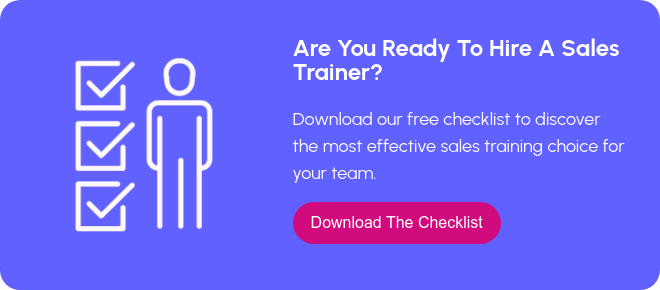Are You Presenting, or are You Selling?
Many times I have seen a sales person spend hours laboring over a presentation, packing it full of details, statistics, examples, graphs and graphics, pictures and hope. Yes, lots of hope, that the presentation will be so outstanding and cover every conceivable variable or objection that the customer will fall in love with the product and sign on the spot.
Heck, I have been that sales person.
I have walked confidently into a buyer’s office and presented my 237 page power point, which turned out to be the equivalent of hospital-grade anesthesia.
Care for the details and being prepared were always, and still remain, one of my best advantages. However, early in my sales career, I found that over-preparing was not having the effect I thought it would.
Instead of enlightening and educating my buyers in meetings, they were glossy eyed and tuned out and after a lengthy presentation. There were not a lot of questions, not a lot of “next steps” and certainly not a lot of signed deals.
Being prepared was good, but my preparation took a wrong turn in to overselling and definitely over presenting.
I was so focused on hitting all my points, which, in earnest, I felt were completely necessary to understanding the value my product delivered, that I missed many buying signals. I didn’t take in to account body language or posture. I didn’t perceive that I needed to stop to ask key questions for comprehension or consensus.
And because I was so wrapped up in demonstrating everything I knew about my product and their business, I didn’t do a great job of demonstrating how I listened and what a responsive and collaborative partner I’d make for their business.
After scratching my head in confusion as to why my leads were not progressing to closed contracts, I went on some sales calls with a more senior account executive, “Mike.” In retrospect, Mike could be a whole book with about a dozen examples of “What Not To Do In Sales” but in this instance, he taught me something I truly needed to know.
On ride-a-long day, we came to the office, Mike got his coffee and flipped through his calendar and said, “OK, let’s go.”
That was it. There was no preparation, no research, nothing. He knew his leads well enough but he hadn’t prepared anything to bring to them, to leave them or, from what I could see, to present to them.
He strolled in to his first appointment and sat down and after a bit of chit chat...he started a conversation.
What I didn’t know was that Mike really had done his research and knew not only his product, but his customers’ business intimately and the competitive environment in which his customers competed.
I was baffled as to why he didn’t have all this knowledge packed perfectly in to an illustrated power point presentation but as I watched the conversation unfold, I realized that
Presenting is Not the Same as Selling
Actively selling requires many skills but those most critical face to face skills include
- Listening: for comprehension, for buying signals, for potential problems or needs that need to be explored.
- Asking Questions: to understand where your customer is in their buying journey, to know when they are ready to buy or if there are others who need to weigh in on the decision and certainly to further prequalify and probe for objections.
- Collaborating: as in give and take of ideas to create solutions together – which are more satisfying to your customer and easier to implement and execute.
Prepare, Research, and Share Value
I am still hyper vigilant about preparing to meet with clients or potential clients. I research and plot details and prepare for every variable.
However, the payoff of that preparation is in the in depth knowledge I have to share, when applicable, throughout the sales conversation, for deeper understanding, more collaborative and customized solutions which rely less on price as a determining factor for closing business. Yes, read, that as less price haggling, and higher margins.
Preparation is critical to success but how you use that knowledge and how you demonstrate those insights is what truly earns your customers’ trust and their business.
.webp?width=12693&height=4513&name=Sauce%20Logo%20Dark%20Ht%20(1).webp)

.webp?width=180&height=64&name=Sauce%20Logo%20Dark%20Ht%20(1).webp)











